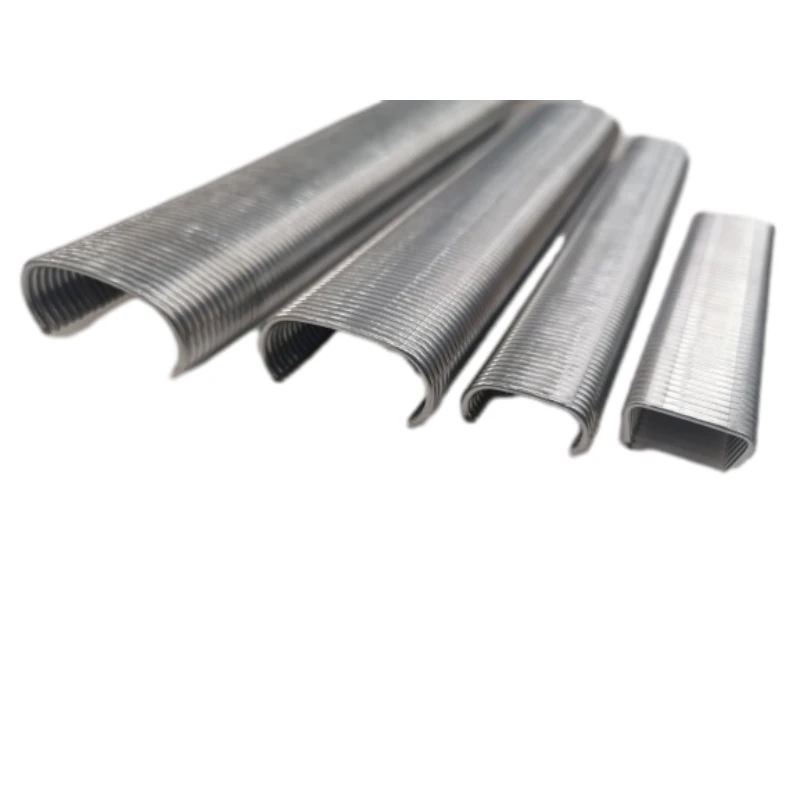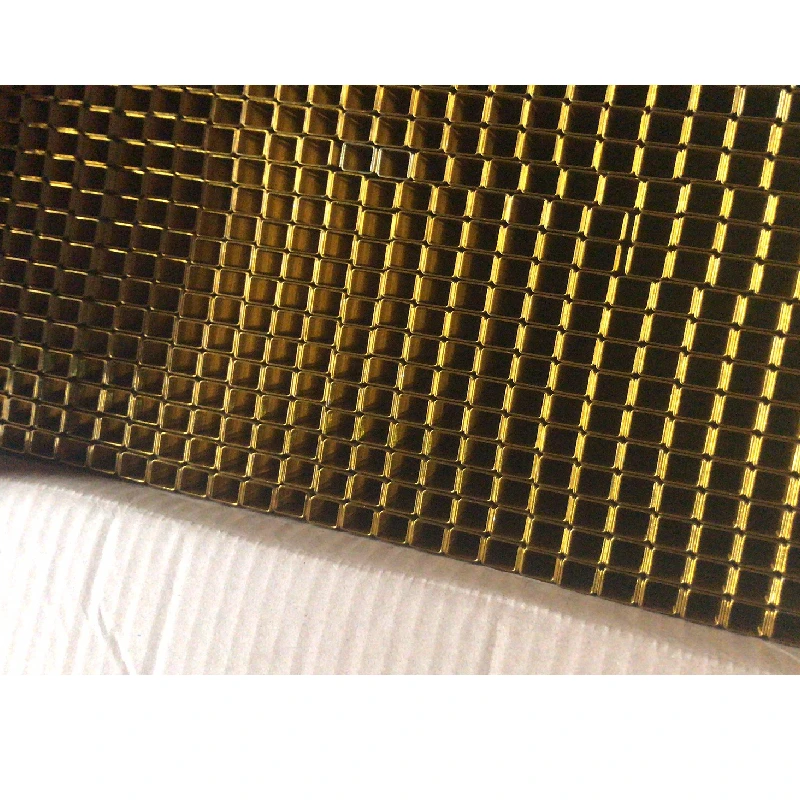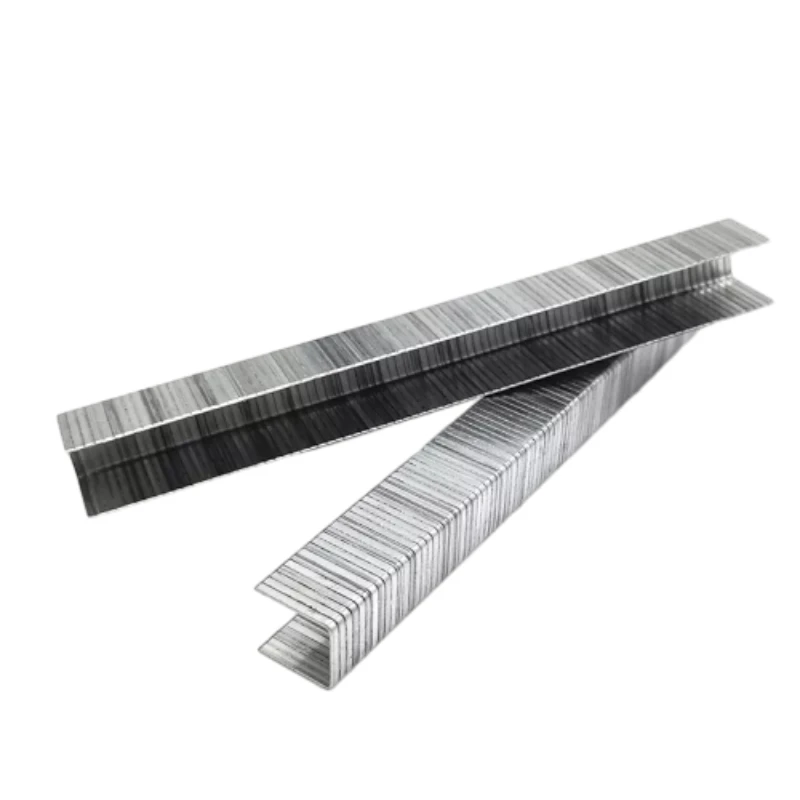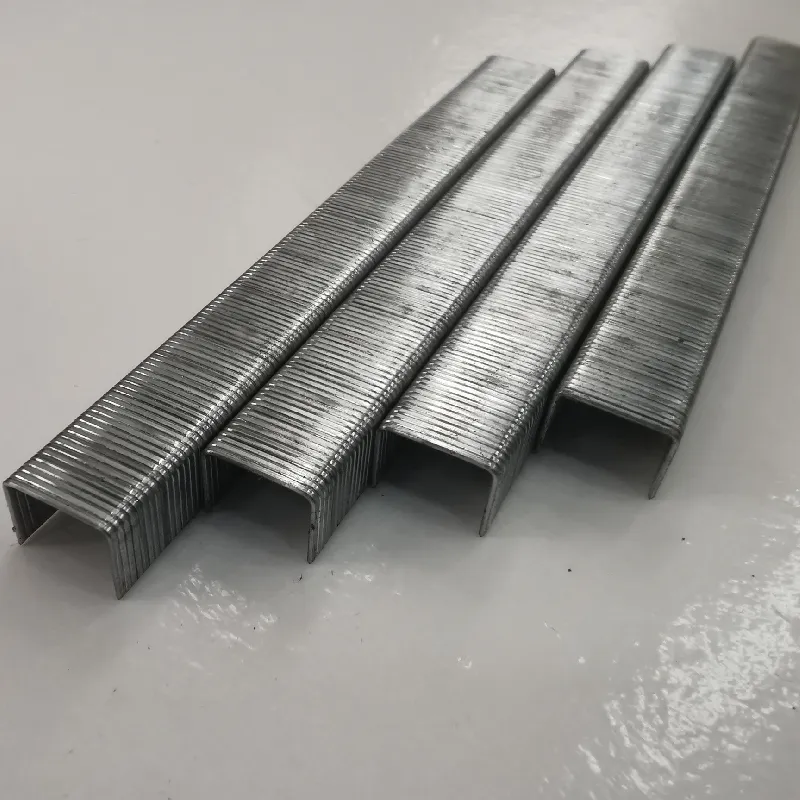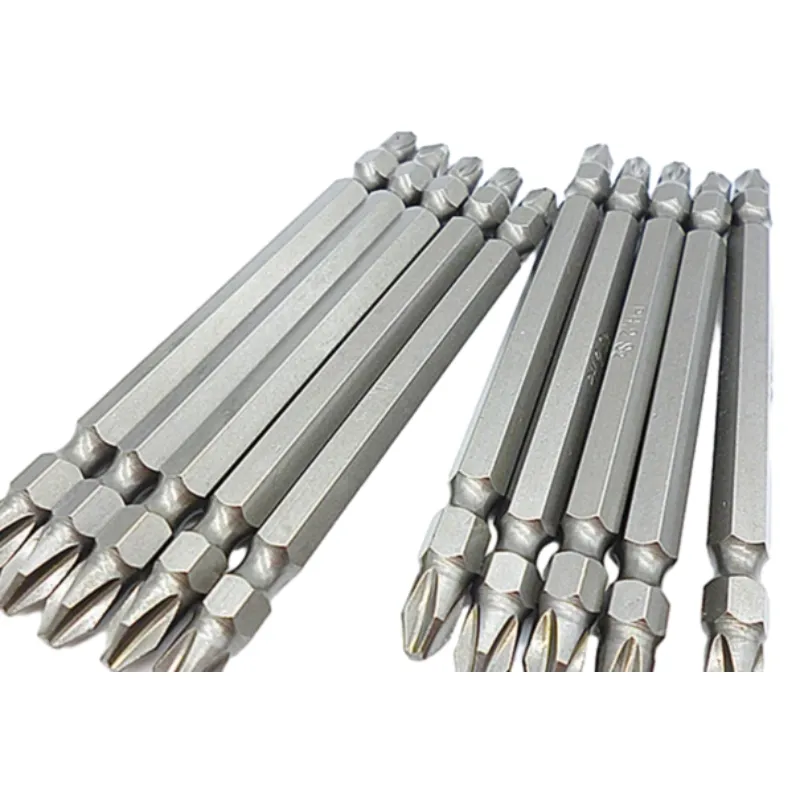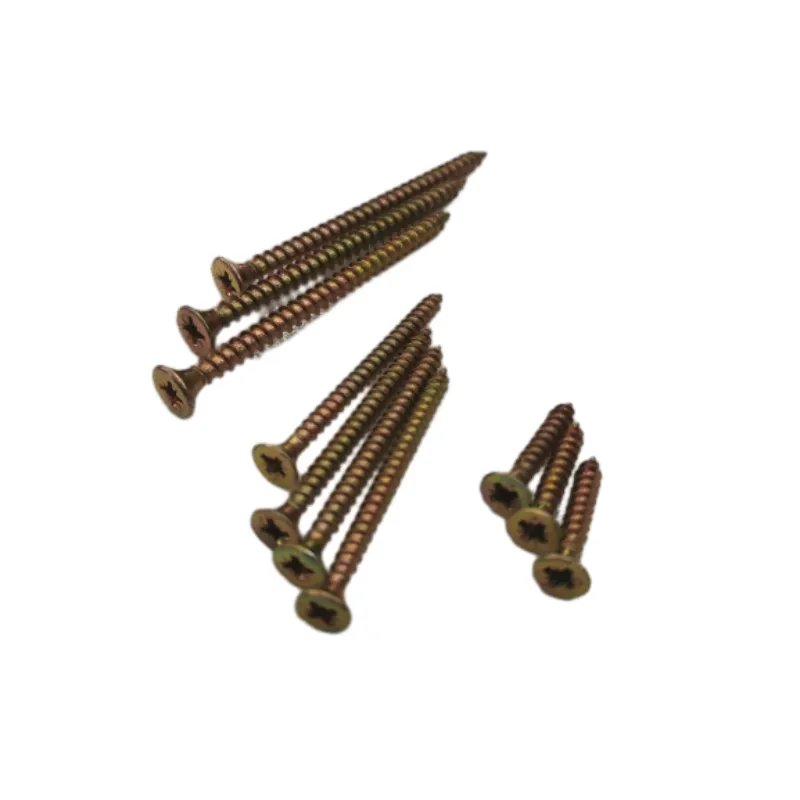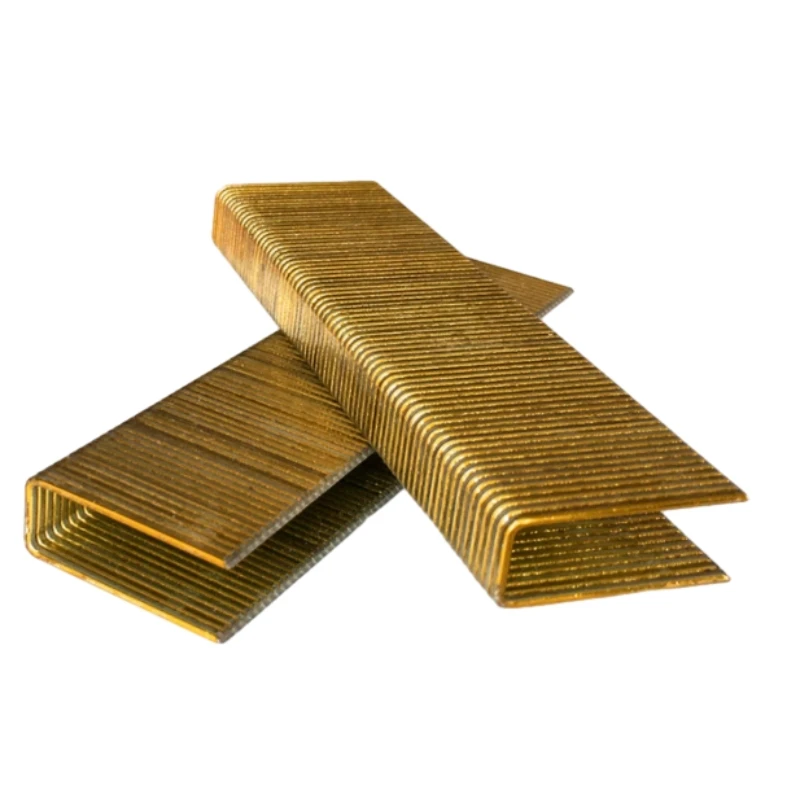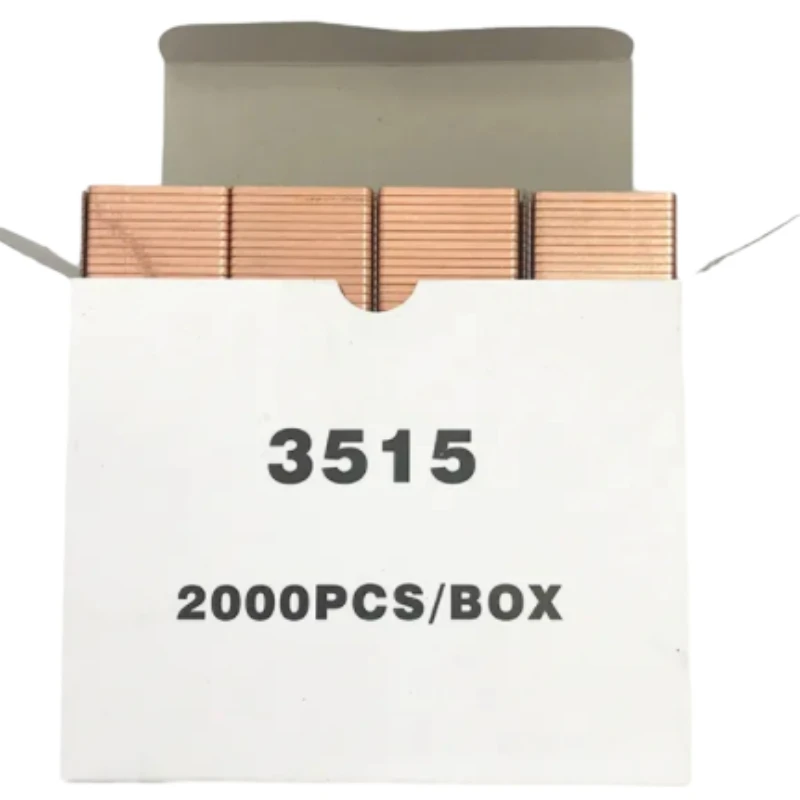Anellu di porcu
When discussing the types of hog rings, it's important to consider the specific application and the material requirements. Hog rings come in a variety of styles to suit different needs—ranging from light-duty uses in upholstery to heavy-duty fencing and automotive applications. The most common types include C-type hog rings, D-type hog rings, and Omega hog rings. Each of these has a different closing shape and holding strength.
C-type hog rings are widely used in fencing and wire mesh connections. They close into a circular shape and offer solid grip strength. D-type hog rings are often used in upholstery and car seats as they close tighter and are easier to compress with handheld tools. Omega hog rings, named after the Greek letter, are suitable for high-tension situations and are commonly found in industrial applications.
In terms of material, stainless steel hog rings are increasingly preferred due to their excellent corrosion resistance, especially in marine or outdoor environments. Galvanized hog rings offer basic rust protection at a lower cost, while aluminum hog rings are lightweight and easy to handle, although less durable under pressure.
When selecting from the many types of hog rings, always consider the gauge, closing size, and compatibility with your hog ring plier or pneumatic tool. High-quality hog rings ensure secure fastening, reduced maintenance, and long-term performance—especially in agricultural fencing, furniture manufacturing, and pet enclosures.
What Are The Different Types Of Hog Wire?
When exploring types of hog wire, you're likely looking for a fencing solution that's both durable and practical. Hog wire, also known as hog panel or livestock panel, is a strong mesh wire that is used in fencing for animals, garden borders, and even decorative home applications. There are several types of hog wire, each varying in material, grid spacing, and strength.
One of the most common types is welded hog wire, which consists of intersecting horizontal and vertical wires that are spot-welded at each junction. This type provides a rigid structure and is ideal for fencing large animals such as pigs, goats, or dogs. Woven hog wire, on the other hand, offers more flexibility and is less likely to break under stress, making it suitable for uneven terrain or high-movement areas.
The spacing of the grid is another key factor. Heavy-duty hog wire panels with small openings (e.g., 2" x 4") are used for pets or garden protection, while wider spacing (e.g., 4" x 4" or 6" x 6") is suitable for livestock. Galvanized hog wire resists rust and is ideal for outdoor use, while stainless steel hog wire is favored for higher-end or coastal applications due to superior corrosion resistance.
Choosing the right types of hog wire ensures effective containment, durability, and minimal maintenance, whether you're working on a farm or enhancing your backyard aesthetics.
What Is A Hog Ring And What Is It Used For?
A hog ring is a small metal fastener shaped like the letter “C” or “D,” designed to clamp around materials to secure them together. Its most common use is in fastening wire mesh, attaching upholstery, securing automotive seat covers, and building fencing structures. When compressed using pliers or pneumatic tools, the hog ring closes tightly around the target materials, forming a permanent or semi-permanent bond.
Hog rings are especially popular in industries that require quick and reliable fastening without the need for adhesives or complicated hardware. In agriculture, fence hog applications involve using hog rings to attach mesh panels to support wires or fence posts. In automotive industries, they’re used for seat upholstery assembly. In pet enclosures or cages, stainless hog rings provide secure joins that resist rust and withstand animal chewing or pressure.
Hog rings are made from different materials—stainless steel hog rings for corrosion resistance, galvanized hog rings for cost-effective outdoor use, and aluminum hog rings for lighter-duty tasks. Some are even coated with PVC for extra durability and environmental resistance.
In summary, a hog ring is a simple yet highly effective fastening solution used across a broad range of industries for tasks that require strength, speed, and security.
Why Use Stainless Steel Hog Rings Over Standard Ones?
When choosing hog rings for demanding environments, stainless steel hog rings offer a range of benefits that set them apart from standard or galvanized options. The primary advantage of stainless steel is its superior resistance to corrosion. This makes stainless hog rings especially valuable in marine, outdoor, and high-humidity settings where exposure to water or chemicals would quickly degrade other materials.
In fencing applications, stainless steel hog rings are used to secure hog wire panels to posts or cables. Their high tensile strength ensures that they don’t bend or break under tension. In upholstery, particularly automotive and marine-grade seating, stainless rings provide lasting security even under stress or environmental wear. Likewise, pet cage manufacturers prefer stainless hog rings for durability and safety, as they are less likely to corrode or become brittle over time.
Though stainless steel hog rings may cost more initially than regular steel or galvanized options, their longevity offsets the price difference. They reduce the need for replacements and maintenance, ultimately saving time and money in long-term applications.
If you're working on a project that demands strength, longevity, and resistance to harsh conditions, stainless steel hog rings are undoubtedly the superior choice.














































































































